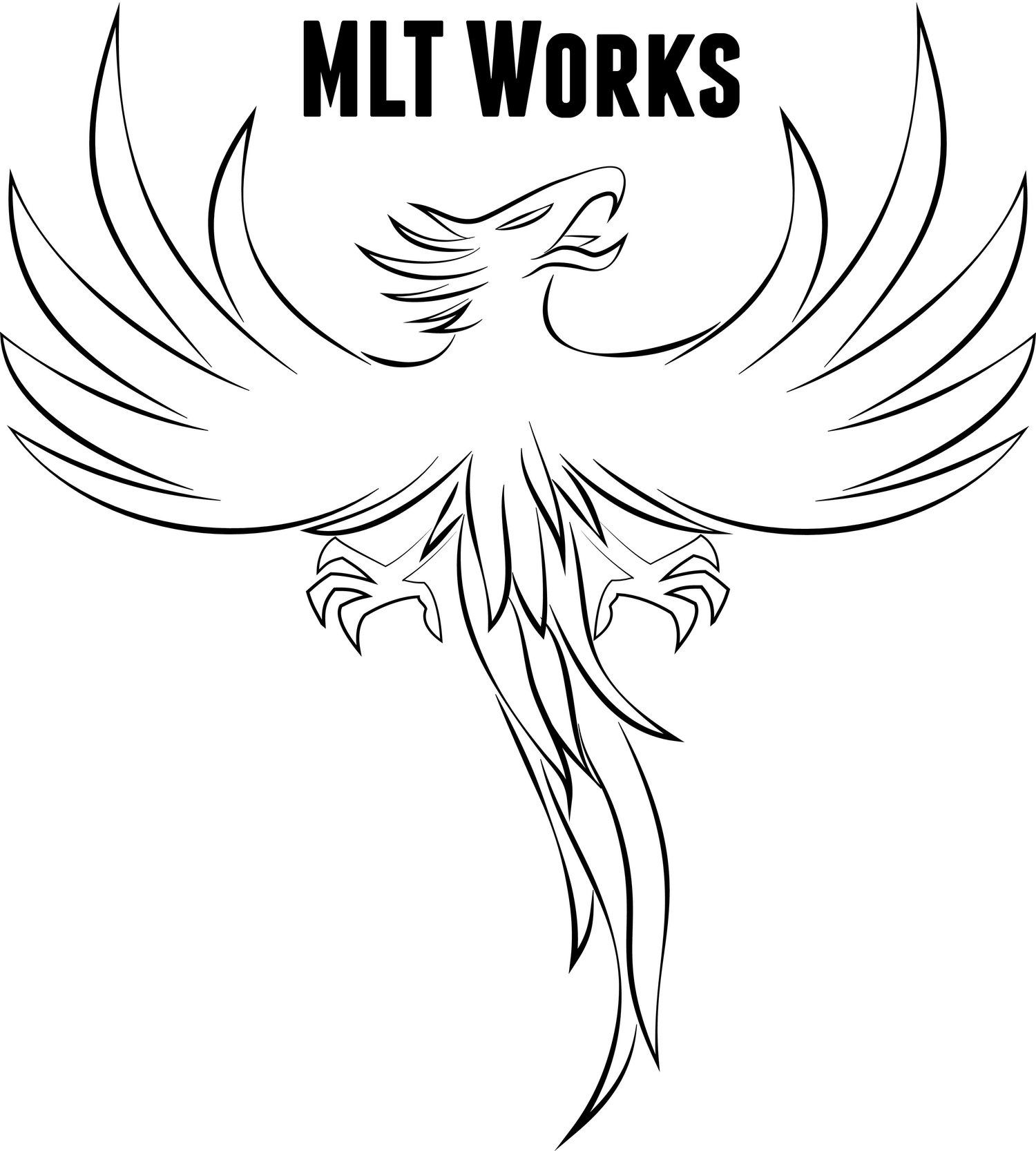Learning to Deal with Failure in a Positive Way: Thor's Character Journey
Avengers: Endgame brought the epic MCU saga to its first major closure. Although the MCU continues on, Endgame brings a close to the four primary Avengers character arcs that come full circle. In the last post, we looked at how Hulk had to come to grips with his own perception of himself. Today, we move on to Thor and how everyone should learn how to cope with failure in a positive manner.
The Arrogant Prince of Asgard
When we first meet the God of Thunder in his self-titled movie debut, Thor is the larger-than-life prince of Asgard. Wielding his mighty hammer, Mjolnir, this cocky prince is set to sit on the throne of Asgard after his father, Odin. The entire movie deals with Thor’s extreme arrogance.
After idiotically leading his friends into a battle with the Jotens, Thor is banished to Earth, his hammer removed from his possession until he is deemed worthy once again. It’s not until Thor decides to sacrifice his life that he regains his worthiness to wield Mjolnir.
The Hero’s Life
Throughout the next several films, Thor settles into the hero’s life. He helps defeat the Chitauri in Avengers, the dark elves in Thor” The Dark World, Ultron in Age of Ultron, and Hela in Ragnarok. As he goes along, he learns more about himself, who he truly is. This is capped off in Ragnarok when he has a vision of his father, who reminds him that he is not the god of hammers and that his hammer was only a focus for his true power. Odin even goes so far as to tell Thor that his powers are greater than his father’s ever were.
While this may seem like a standard hero getting stronger development, there is another underlying issue developing. Throughout his story, Thor constantly comes back to the fact that he doesn’t feel like he’s going to be a good king. Although his father reassures him that he will be at the end of the first Thor film, he is constantly taking off to battle and save the universe. As far as being kind is concerned, he great at the protecting the kingdom part, but the ruling a kingdom tends to get overlooked. At the end of Ragnarok he does finally take his “throne” as the Asgardians head toward Earth to establish a new Asgard, but of course that doesn’t last very long as they are meant en route by Thanos’s ship, Sanctuary II.
Coping with Defeat
Avengers: Infinity War and Endgame are where Thor’s story get really interesting. Thanos shows up. Big baddie. Kills his brother. Kills half his people. Destroys his ship and leaves him for dead. Thor doesn’t have a hammer, so he flies to Nidavellir to have a new weapon made.
When Thor shows up in Wakanda during the battle wielding Stormbreaker (which is arguably the best moment of the movie), we’re expecting the same Thor arc. Everyone struggles, the Mighty Thor shows up and saves everything. Except he doesn’t. He fails to save the universe, and he’s right next to Thanos when Thanos completes The Snap. Should’ve gone for the head.
Fast forward to Endgame. While the god of thunder does finally follow through on Thanos’s advice at the beginning of the movie, he’s still a failure. Half of the universe is still gone, and Thor can’t cope with it. Even though he’s struggled in fights, he’s never lost. And this one, he lost bad.
Because of his loss, Thor sinks into a pit of depression and alcoholism. When we finally catch up with him after the time jump, he’s sporting a beer belly and long, unkempt hair and beard. He’s clearly not taking care of himself anymore. He’s given up all hope of an optimistic outcome. It’s not until he’s coerced into joining the time heist and encounters his mother that he begins to pull himself together. He learns that failure is a part of life that must be dealt with. When he is finally able to right his wrong, Thor has one final lesson to learn, and this comes when he passes the reign of Asgard onto Valkyrie in order to journey along with the Guardians of the Galaxy. His final realization is that he’s not a king, he’s a hero. He leaves in order to be who he is, not who he’s supposed to be.
Overall, even though his depression and alcoholism are used for comic relief, the conclusion of Thor’s arc shows a darker side of failure. Because he’s never had to deal with smaller failures, he doesn’t have the ability to cope with larger failures. He then falls into negative methods of coping. Half of Thor’s arc shows the importance of learning how to deal with failure in a positive manner. The other half deals with the importance of know who we are and the role we should play in life. Being who we were meant to be, not who others say we should be.
